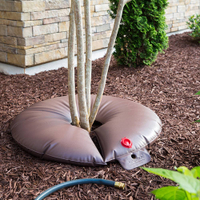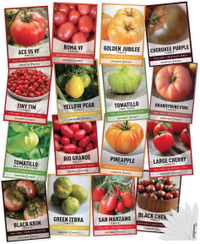What is Hugelkultur? The centuries-old gardening trick to make your garden beds better to grow pretty much anything in
This sustainable gardening practice will give you raised beds that trap moisture and rarely need fertilization, making for healthier, happier planting
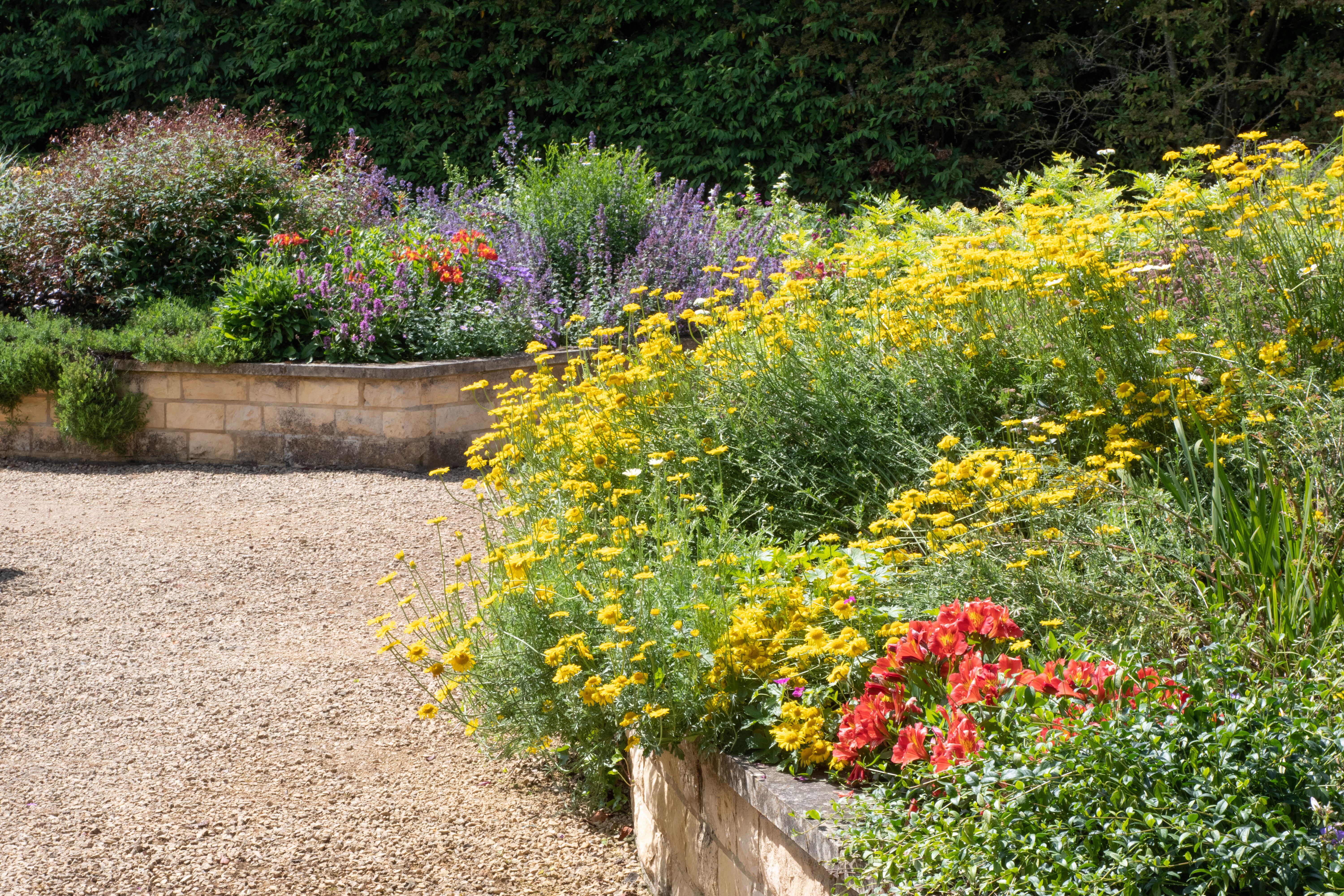

For those looking to create a long-lasting, nourishing, and healthy plant bed in their gardens might be interested in the age-old practice of hugelkultur, or mound culture. It refers to planting flowers, vegetables, or fruits on raised beds made with waste matter.
A tradition that originated in Eastern Europe and Germany, this practice is all about creating no-dig raised beds with a difference. Filled with organic matter, these beds hold moisture, build fertility, maximize surface volume, and are great spaces for growing just about anything. It encourages sustainability, recycling and leads to the most healthy, fertile soil that rarely needs fertilization.
If you're ready to try your hand at something new in the garden, then this garden and backyard planting tradition that is gaining popularity once again is one to take note of.
What is hugelkultur?
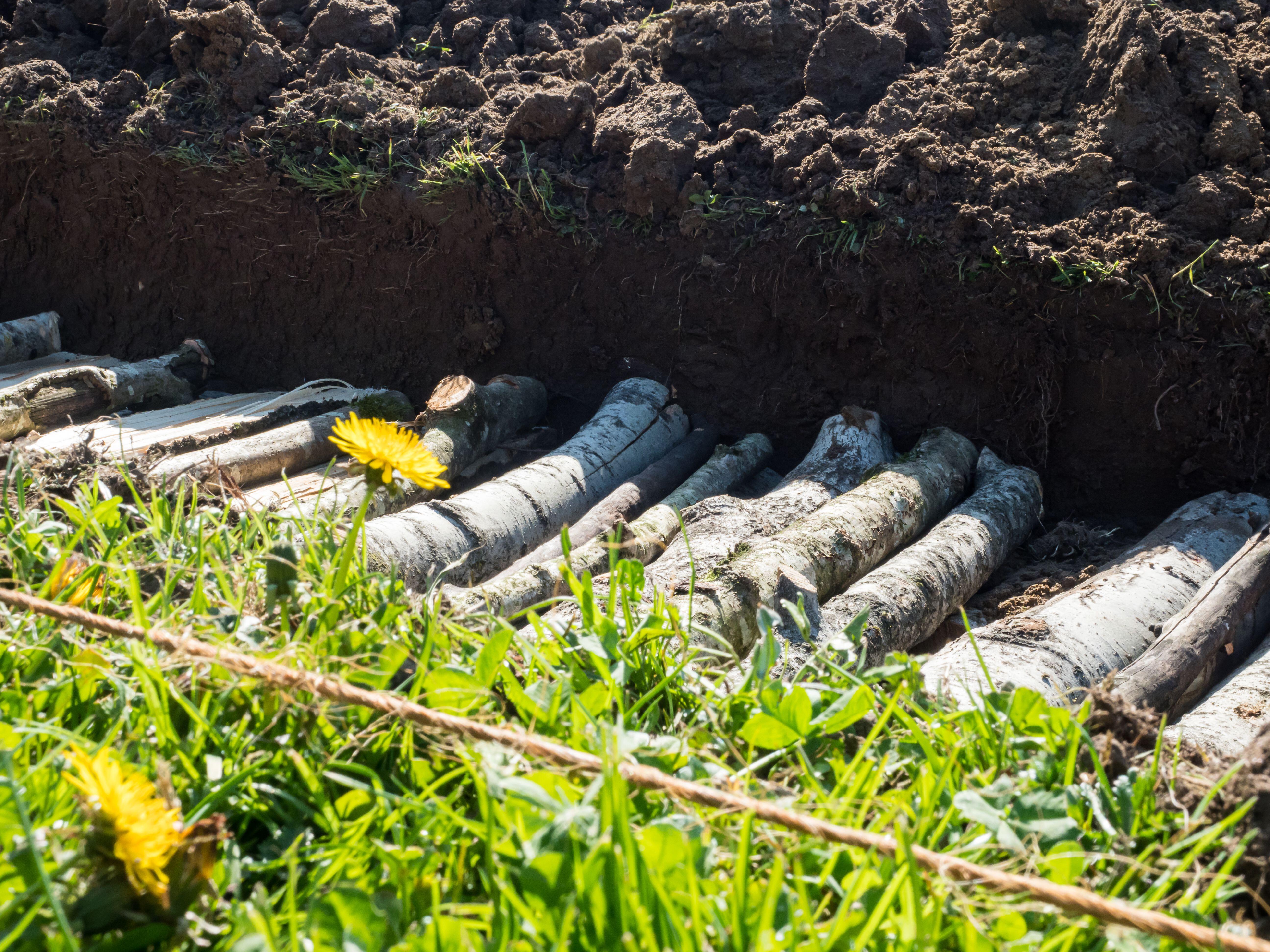
This modern garden and planting technique is a centuries-old practice. 'Hugelkultur is a gardening technique that creates raised garden beds by piling up layers of organic materials such as logs, branches, leaves, grass clippings, and compost,' says Richa Kedia, gardening expert, and publisher, and founder of Simplify Plants. 'The idea behind hugelkultur is that the organic materials used to create the raised bed will gradually break down over time, providing a long-term source of nutrients and moisture for the plants growing in the bed. The decaying wood also acts as a sponge, absorbing and holding water, which can be beneficial in areas with dry or arid climates.'
It's a way of creating a raised bed garden from logs, rotting wood, and other organic matter. 'Hugelkultur gardens are beneficial for the environment, plants, and the gardener,' says Reese L Robins, founder of Pure Gardening. 'They are still relevant today as they provide a stable, long-lasting source of nutrients and moisture for the plants; reduce the need for watering, fertilizing, and tilling; save time, money, and resources; create a diverse and productive ecosystem that attracts beneficial insects, birds, and wildlife; and produce abundant harvests of flowers, vegetables, fruits, and herbs.'
'It is important to note that hugelkultur beds require a certain amount of initial effort to build, as they involve layering organic materials and soil,' says Richa. 'However, once the bed is established, it can be a low-maintenance and sustainable way to grow healthy, productive gardens.'
What type of garden do you need to create huglekultur beds?
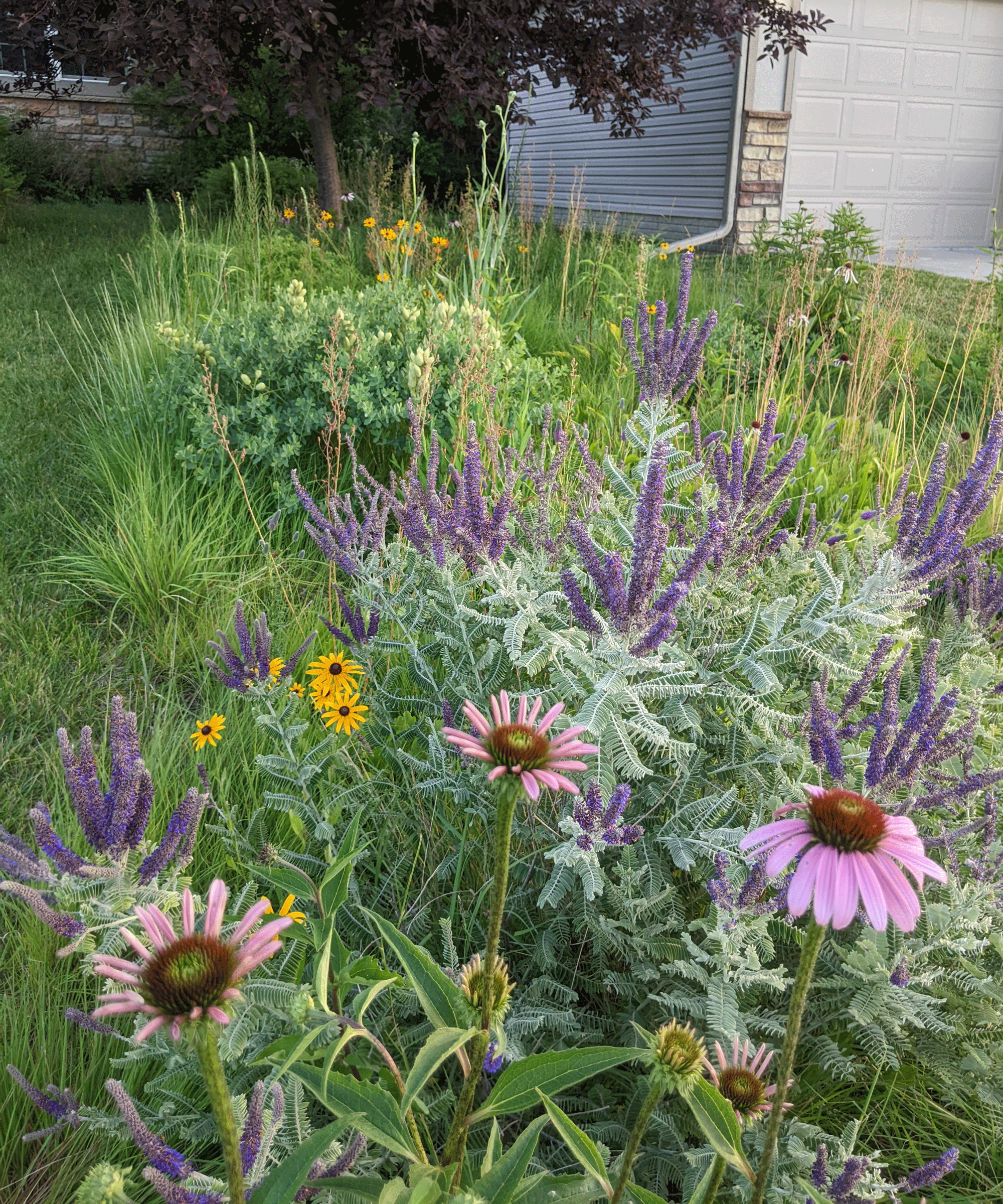
'Hugelkultur is a versatile gardening technique that can be practiced in various settings, including the backyard or courtyard garden, and even urban gardens,' says Richa. 'The garden size can also vary depending on the available space and the desired yield.'
Creating a raised bed using this technique is a wise idea because it works practically anywhere. In dry climates where you get very little rain, this style of gardening should work for you because of the 'sponge' effect it creates with the decaying wood. In colder regions, this style of gardening gives you a longer growing season.
How do you build a hugelkultur bed?
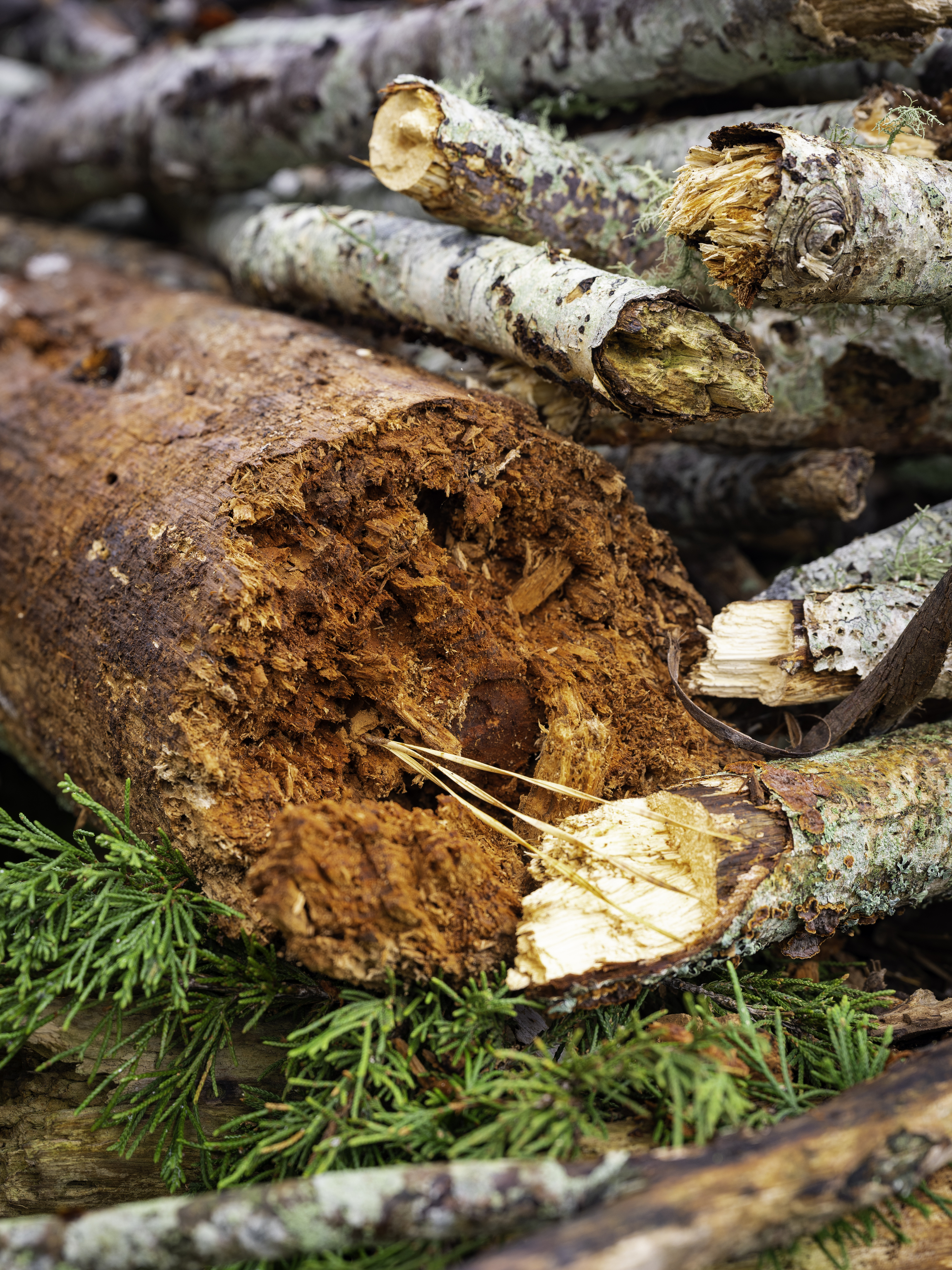
To build this perfect, low-maintenance garden bed, you need organic matter that aids in recycling and helps build a healthy garden.
'The main element of a hugelkultur garden is log and rotting wood, preferably from hardwood trees like oak, maple, birch, or apple,' says Reese. 'These types of woods are ideal for hugelkultur gardening because they decompose slowly and release nutrients over time. However, you don’t have to be too picky about the kind of wood you use.'
'You can also use softwood trees like pine, spruce, or fir, as long as they are not treated with chemicals,' says Reese. 'Hugelkultur gardening is a simple process where anything goes, as long as it is organic and biodegradable. Other elements that can be used to build a hugelkultur bed are organic matter (this includes leaves, grass clippings, straw, hay, manure, compost, kitchen scraps, cardboard, and paper. These materials add nitrogen and other nutrients to the soil and help retain moisture), and soil (this is the final layer of the bed that covers the organic matter and the wood. It can be top soil, garden soil, or a mix of both.)'
How much time is needed to prepare an ideal plant bed?
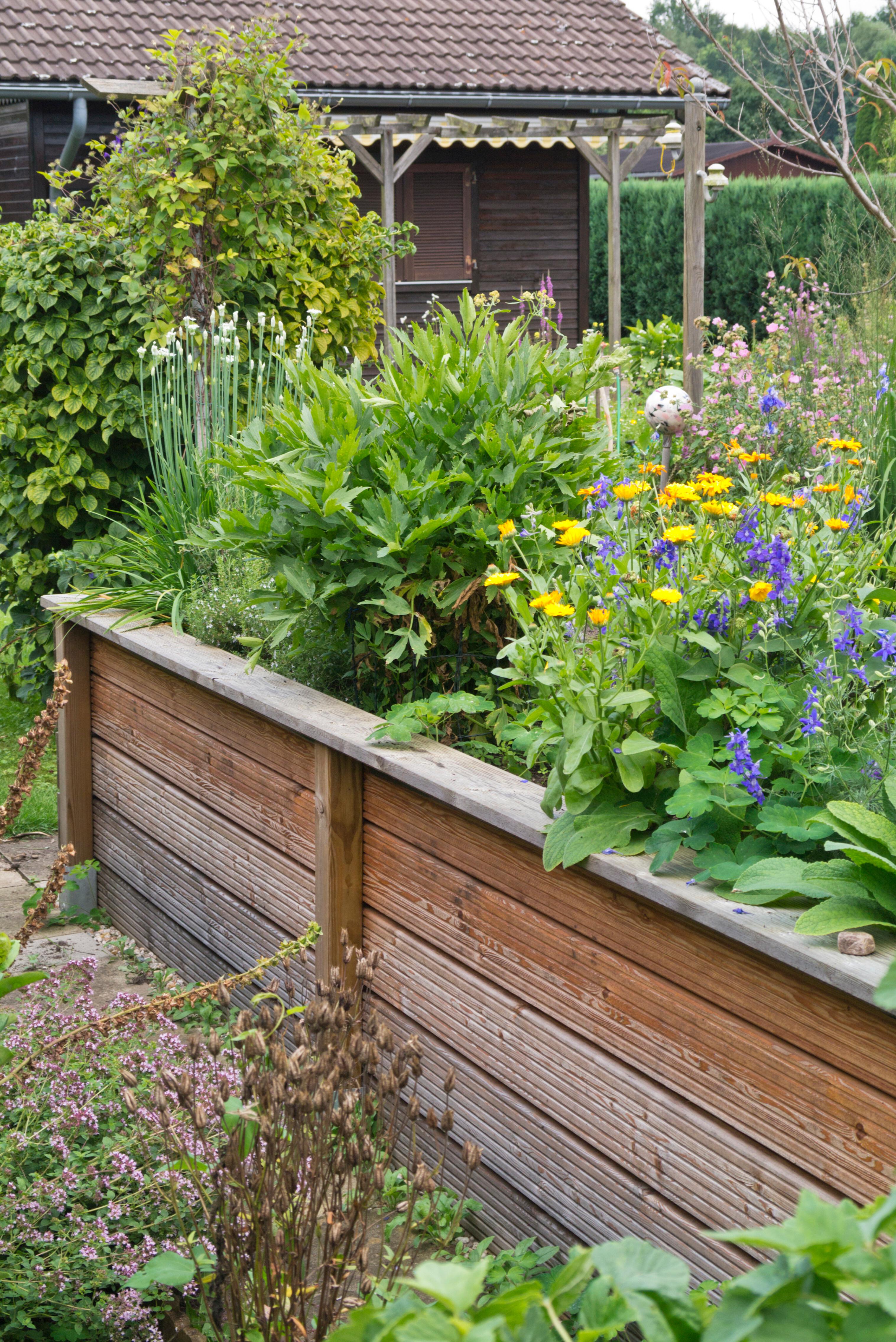
'You’ll need a range of materials to build this so it all depends on whether or not you have them at hand,' says Chris Bonnett, founder of Gardening Express. 'If you begin in autumn, you could start planting in spring the following year but it comes down to the materials you’ve used.'
An important thing to note is that just like in a compost bin, as the heat rises, the composting process begins. Similarly, in your hugel garden, the same rules apply. As the mound starts heating up due to the composting process, it makes your garden’s growing time longer. As all plants thrive in soil that has been warmed, these beds can produce flower beds and vegetables for a long time. The hungle mounds create microclimates that sustain plants both earlier and later in the season.
What tools will you need?
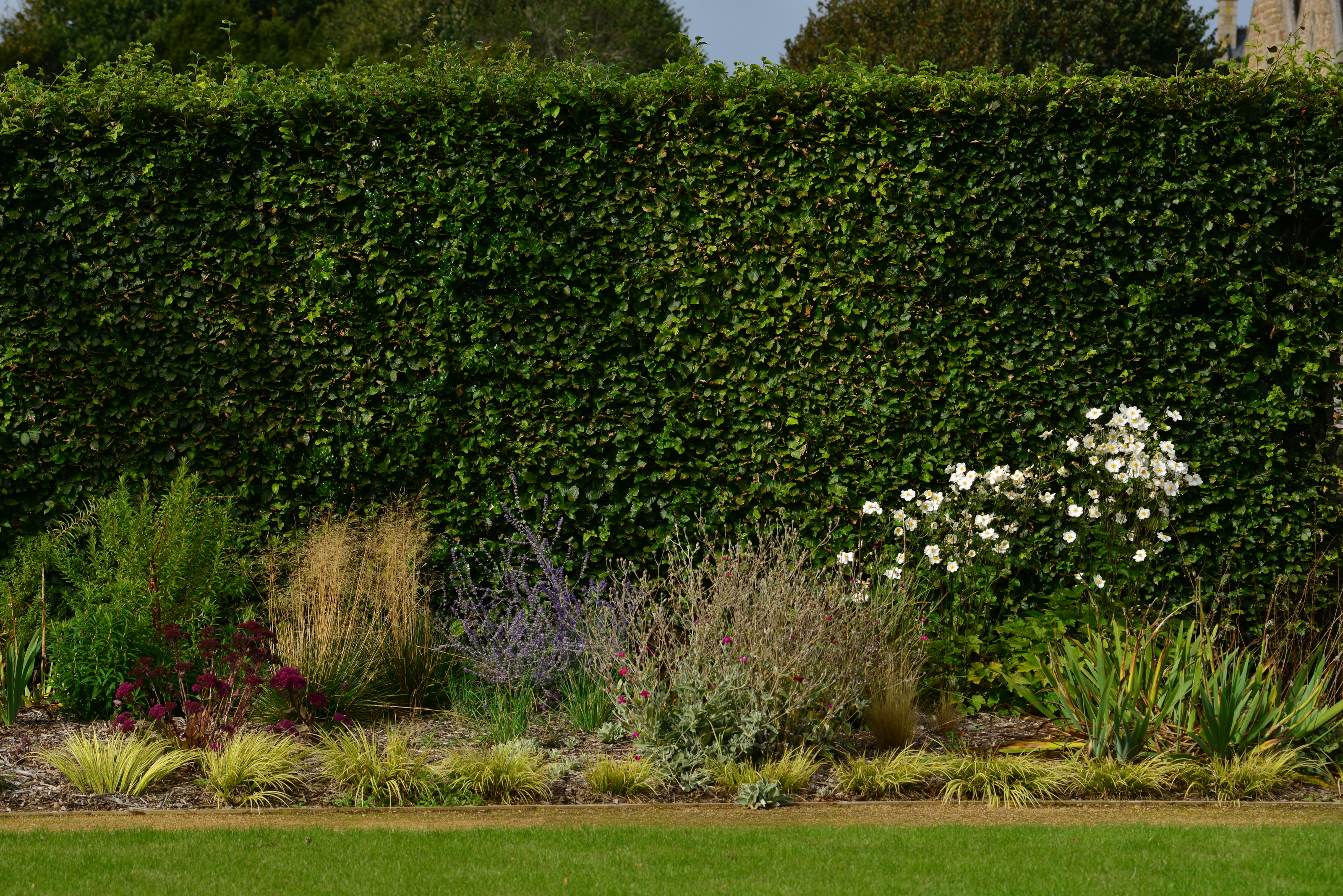
'The tools required for building a hugelkultur bed are relatively simple and usually found in most garden sheds,' says Richa.
Shovel: You'll need a shovel to dig out the area where you plan to build your hugelkultur bed.
Wheelbarrow: A wheelbarrow can transport the organic materials and soil needed to build the bed.
Pruning shears: You may need pruning shears to trim branches and other woody materials to the appropriate size for your bed.
Rake: A rake can be used to level the soil and organic materials in your hugelkultur bed.
Watering can or hose: You'll need a watering can or hose to water your bed after it is built.
Gloves: It's always a good idea to wear gloves when handling organic materials to protect your hands.
Slow-release watering bag, Fast Growing Trees
This bag holds 15 gallons of water and only needs to be filled once or twice per week, as it slowly and gently releases water in the plant bed, keeping it moist.
Which vegetables and flowers should you plant in your hugelkultur beds?
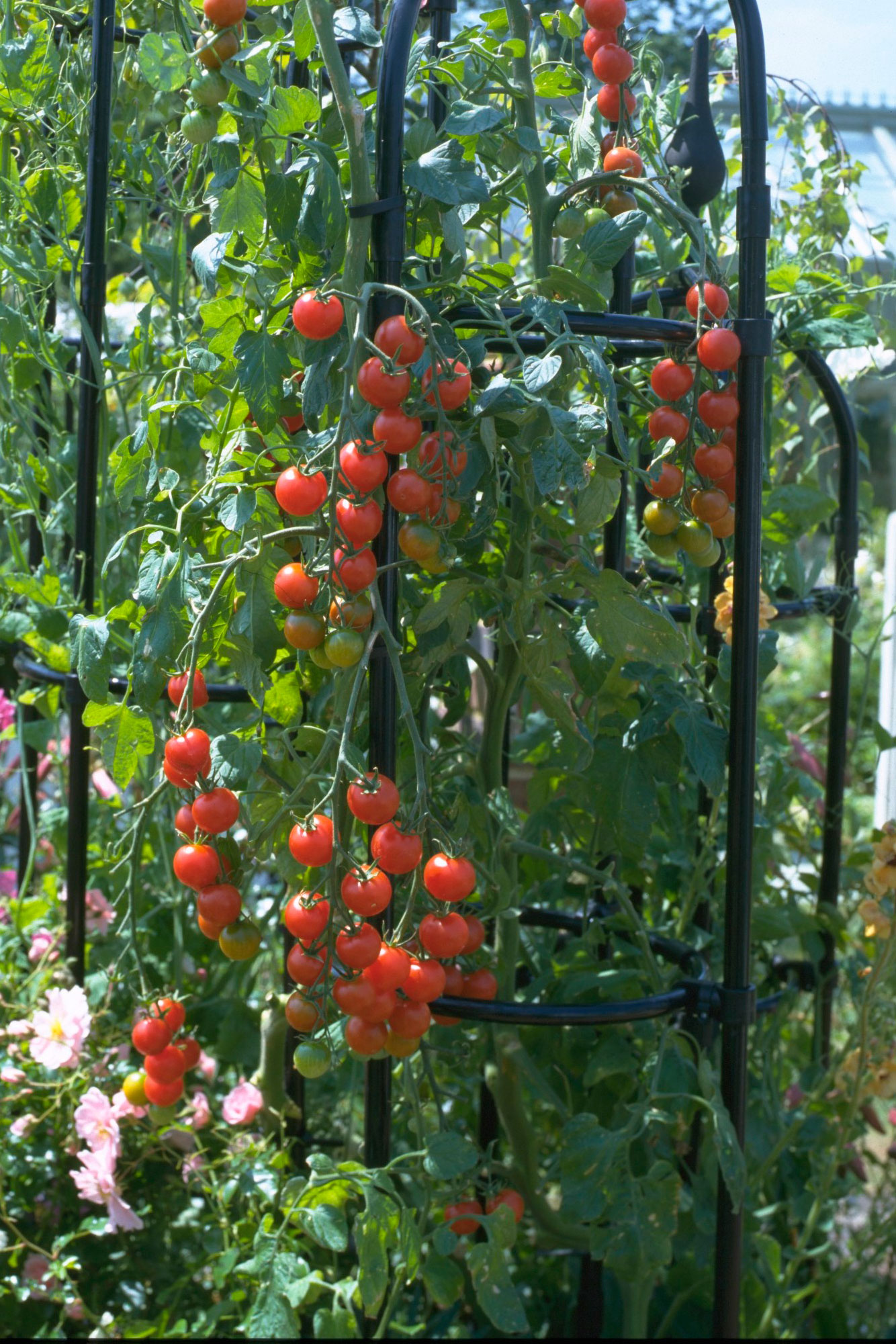
For your vegetable garden or fruit garden, you can be sure that a hugelkultur bed would provide nutrition and healthy produce like no other gardening technique.
'It’s best to grow vegetables that grow above the soil rather than root varieties as you won’t have to dig up the layers when harvesting,' says Chris. 'Tomatoes are a great vegetable to grow, as they’re a hungry crop and your hugelkultur bed will provide it with plenty of nutrients to help it thrive.'
These apart, you can plant leafy greens, marrow vegetables, edible plants, and alliums.
'Begonia’s are a superb option when it comes to planting flowers,' says Chris. 'Just be sure to plant them around one foot apart from one another to give them ample space.'
Tomato seeds for planting, Amazon
Choose these heirloom tomato seeds to plant in your garden bed and enjoy the succulent produce.
Pros and cons of hugelkultur
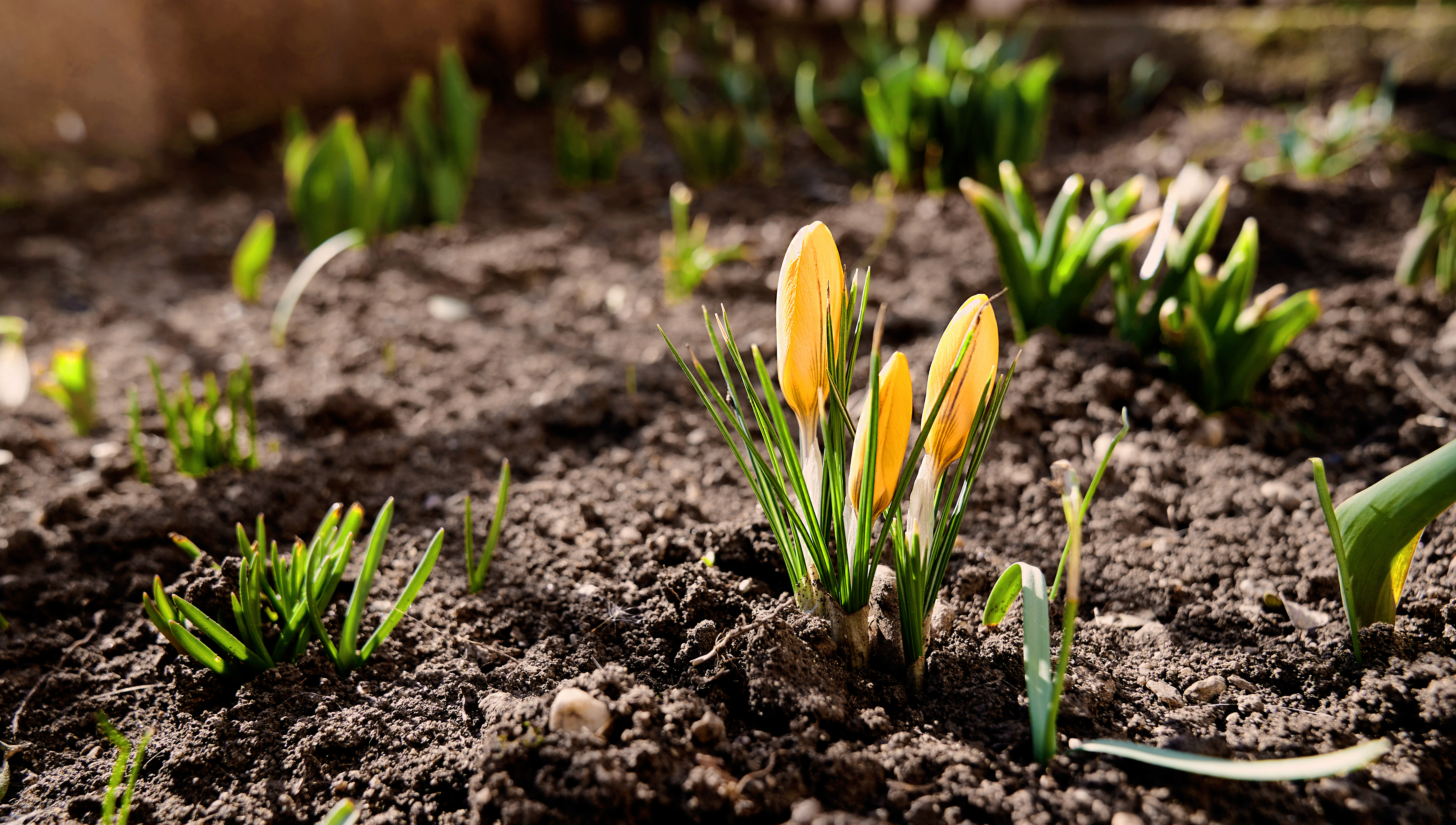
'Hugelkultur beds are designed to retain water, which can be especially beneficial in dry or arid climates,' says Richa. 'The decaying wood in the bed acts like a sponge, absorbing and holding water, which can help to reduce the need for frequent watering. As the organic materials in the bed break down over time, they release nutrients into the soil, creating a nutrient-rich environment for plants to grow in. This can help to reduce the need for fertilizers and other soil amendments.'
'Hugelkultur is a sustainable planting method that uses natural and renewable materials to create long-lasting garden beds,' says Richa. 'This can be an eco-friendly alternative to traditional raised beds that may require synthetic materials.
Once established, hugel beds can be relatively low maintenance, as the decaying wood and other organic materials in the bed continue to provide nutrients and moisture to the plants growing in the bed.'
'And finally, hugelkultur beds can grow various crops, including vegetables, herbs, and fruit trees,' says Richa. 'They can also be built in various sizes and shapes to fit the specific needs of your garden.'
While the pros outweigh the cons, there are a few things to keep in mind before starting a big or small vegetable garden or plant garden with this technique.
The first thing to know is that Hugelkultur beds require a lot of time and effort to build as it’s not always easy to find all of the raw material you need. Also, since these mounds are warm and moist, they can play host to rodents and insects. Secondly, while all mounds take a lot of effort in building, hugelkultur mounds require a little more as the site has to be excavated to help anchor the layers. Then, the wood needs to be hauled, split, and arranged to fit the space. Dead leaves and nitrogen-rich materials must then be laid over the top of the logs.
And finally, this plant bed idea is not viable for monoculture. When you grow several plants of the same species in the same plot, they usually fight for the same minerals from the soil. Because a hugelkultur mound is a limited area, it’s best to plant a variety of plants that have different mineral needs.
Additional tips
If this raised bed technique reads and feels doable, gardening expert Reese has a few more tips.
1. Choose a location that gets enough sunlight for your hugelkultur bed. You can also orient your bed along the contour of the land to prevent erosion and capture rainwater.
2. Layer your materials in a way that creates air pockets and allows water to infiltrate the bed. Start with the largest pieces of wood at the bottom and work your way up with smaller pieces of wood and organic matter. Cover everything with a thick layer of soil.
3. Plant your hugelkultur bed with a variety of plants that suit your climate. You can plant seeds or seedlings on the top and sides of the mound. You can also plant perennials like berries or herbs that will come back year after year.
4. Water your bed well at the beginning of the process and during dry spells. Once established, your bed will need less watering than a regular garden bed.
5. Enjoy your hgelkultur garden for years to come. You can add more material to your bed in fall or winter when it shrinks over time.
Be The First To Know
The Livingetc newsletters are your inside source for what’s shaping interiors now - and what’s next. Discover trend forecasts, smart style ideas, and curated shopping inspiration that brings design to life. Subscribe today and stay ahead of the curve.

Aditi Sharma Maheshwari started her career at The Address (The Times of India), a tabloid on interiors and art. She wrote profiles of Indian artists, designers, and architects, and covered inspiring houses and commercial properties. After four years, she moved to ELLE DECOR as a senior features writer, where she contributed to the magazine and website, and also worked alongside the events team on India Design ID — the brand’s 10-day, annual design show. She wrote across topics: from designer interviews, and house tours, to new product launches, shopping pages, and reviews. After three years, she was hired as the senior editor at Houzz. The website content focused on practical advice on decorating the home and making design feel more approachable. She created fresh series on budget buys, design hacks, and DIYs, all backed with expert advice. Equipped with sizable knowledge of the industry and with a good network, she moved to Architectural Digest (Conde Nast) as the digital editor. The publication's focus was on high-end design, and her content highlighted A-listers, starchitects, and high-concept products, all customized for an audience that loves and invests in luxury. After a two-year stint, she moved to the UK and was hired at Livingetc as a design editor. She now freelances for a variety of interiors publications.
-
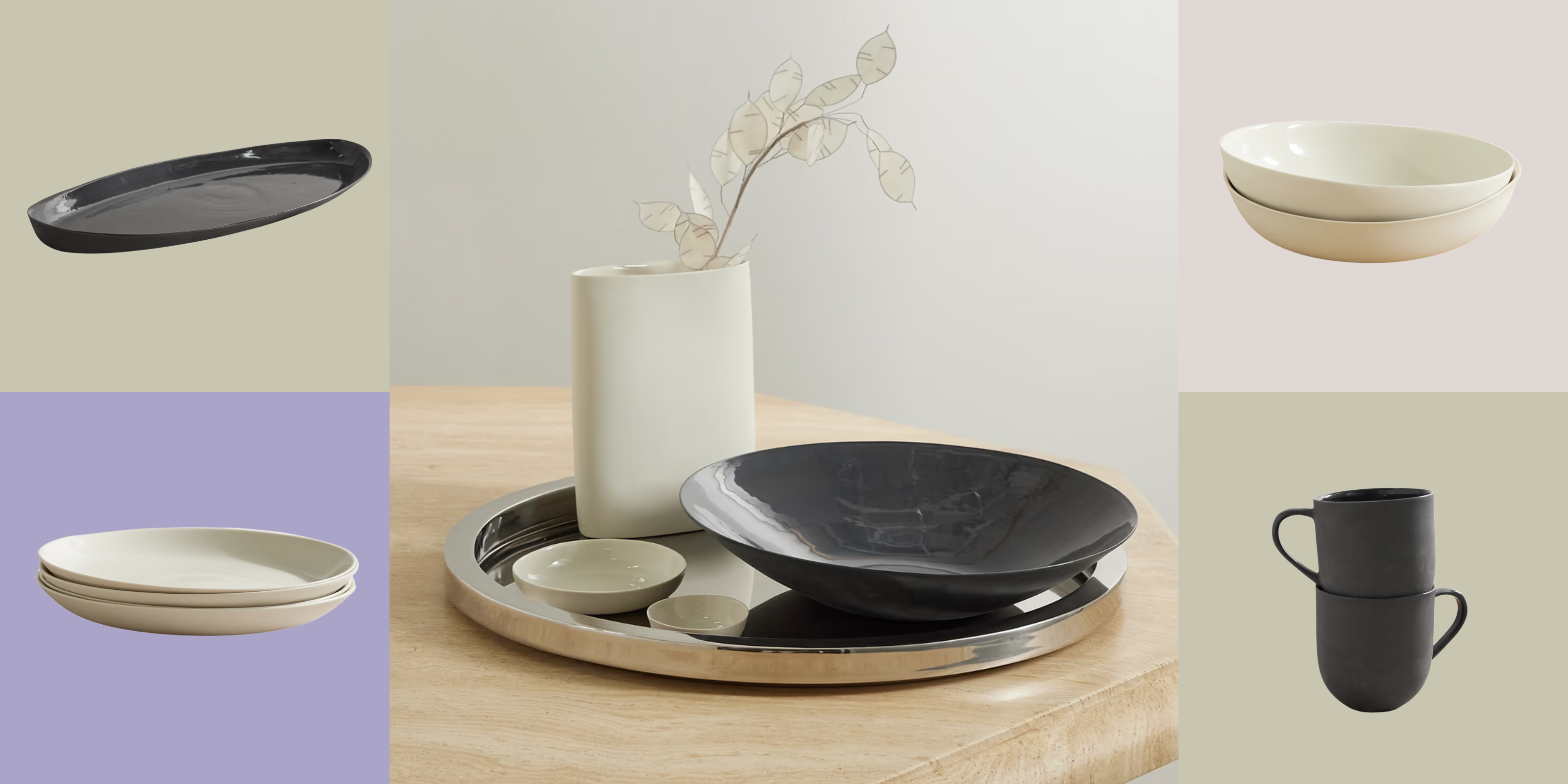 Turns Out, Sustainable Design Can Be Chic, and Net-a-Porter's 'Net Sustain' Curation Is Proof — Here's What I'm Shopping
Turns Out, Sustainable Design Can Be Chic, and Net-a-Porter's 'Net Sustain' Curation Is Proof — Here's What I'm ShoppingFrom the Net Sustain collection, Mud Australia's homeware is not only design-oriented, but eco-focused, too
By Devin Toolen
-
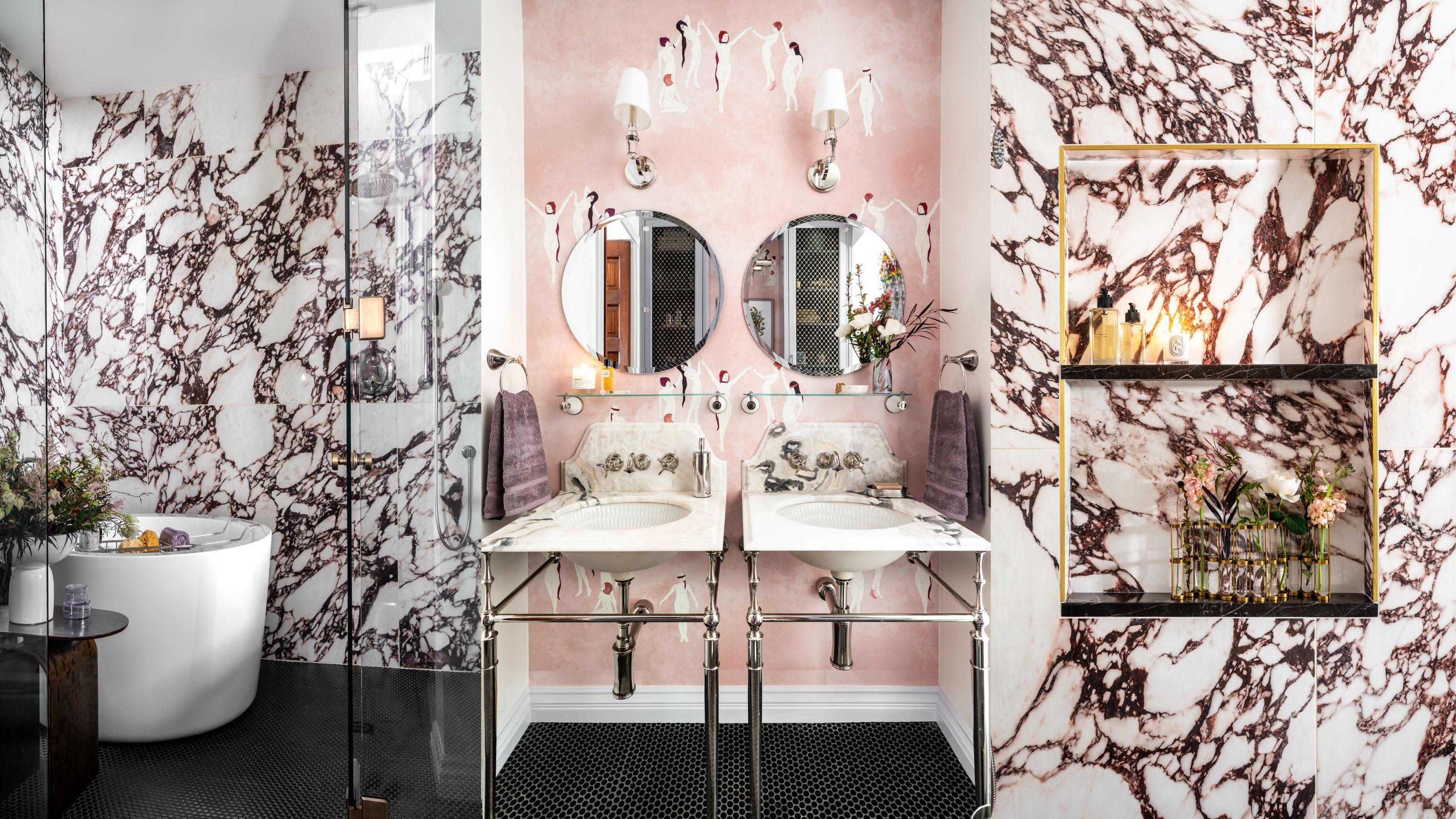 Before and After — How This Jewel-Box Bathroom Made the Most of Its Proportions With Maximalist Design and a 'Soaking Tub'
Before and After — How This Jewel-Box Bathroom Made the Most of Its Proportions With Maximalist Design and a 'Soaking Tub'This design offers a masterclass on creating a luxurious bathroom that is equally playful and elegant.
By Maya Glantz
